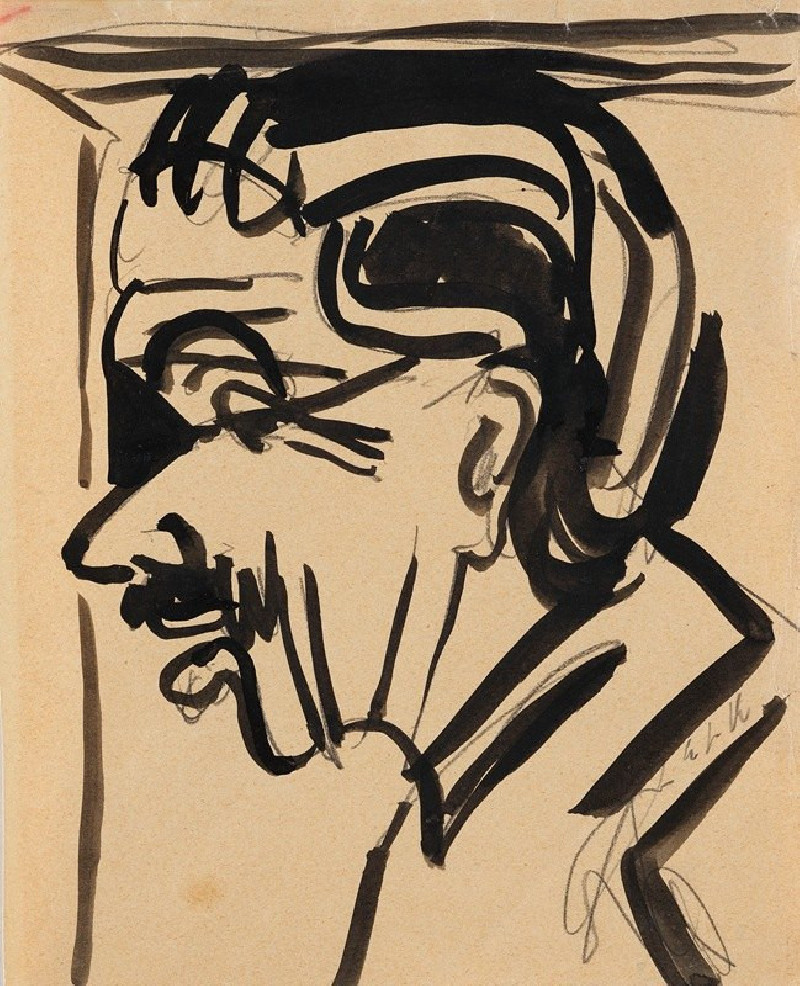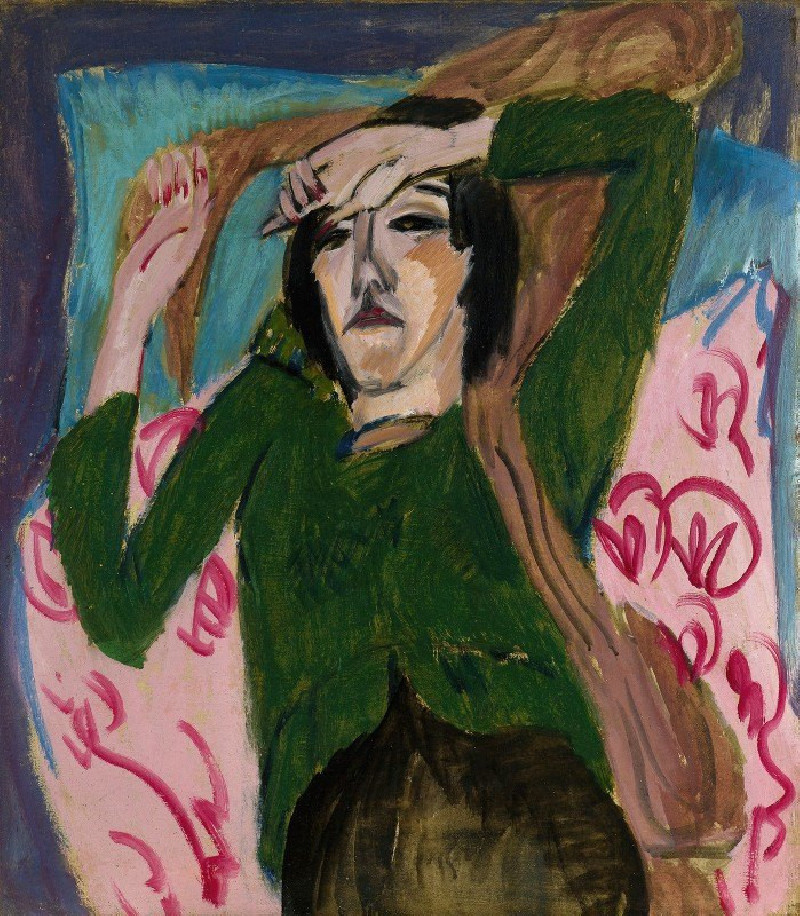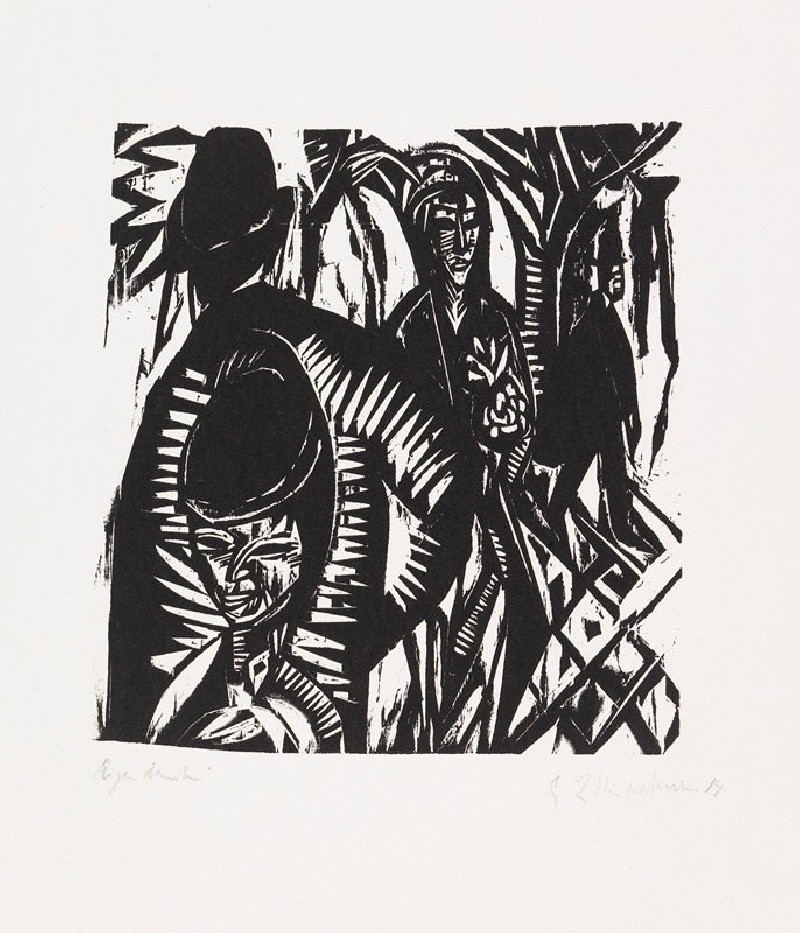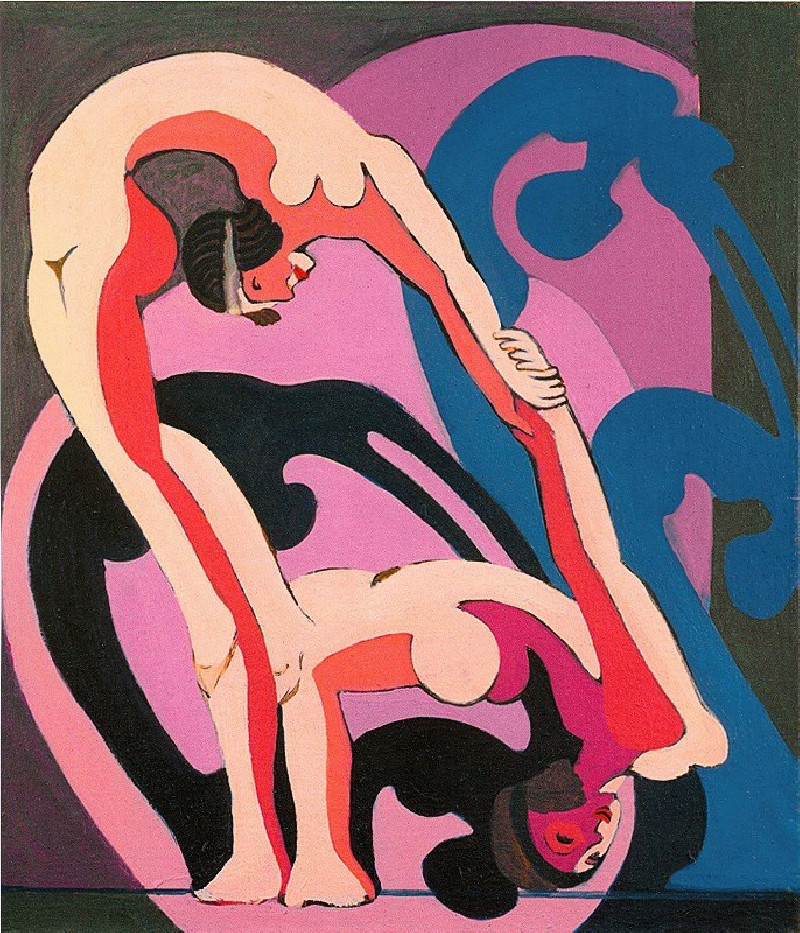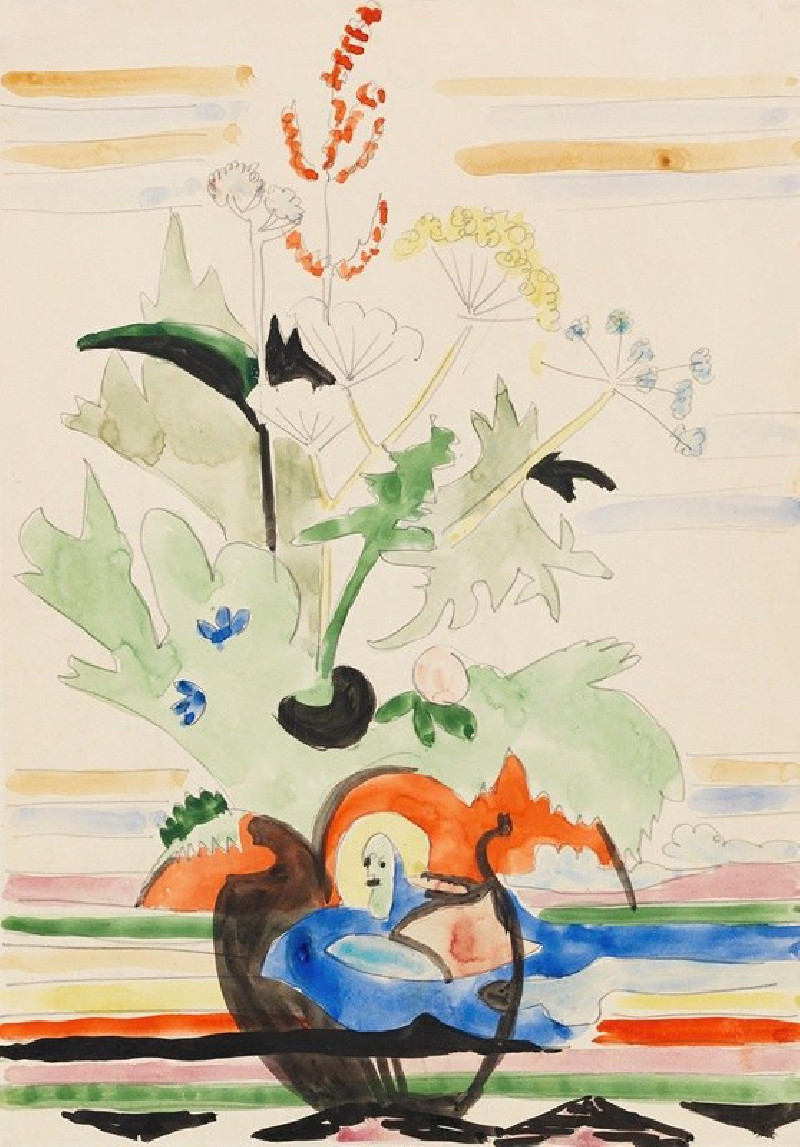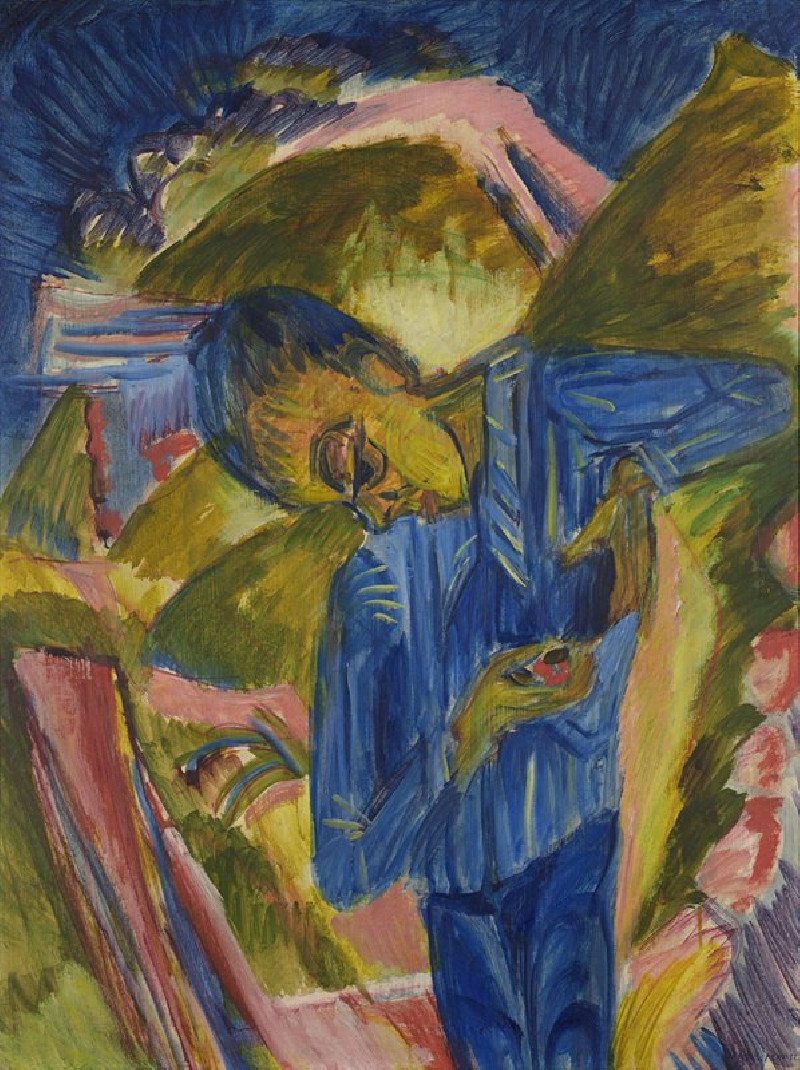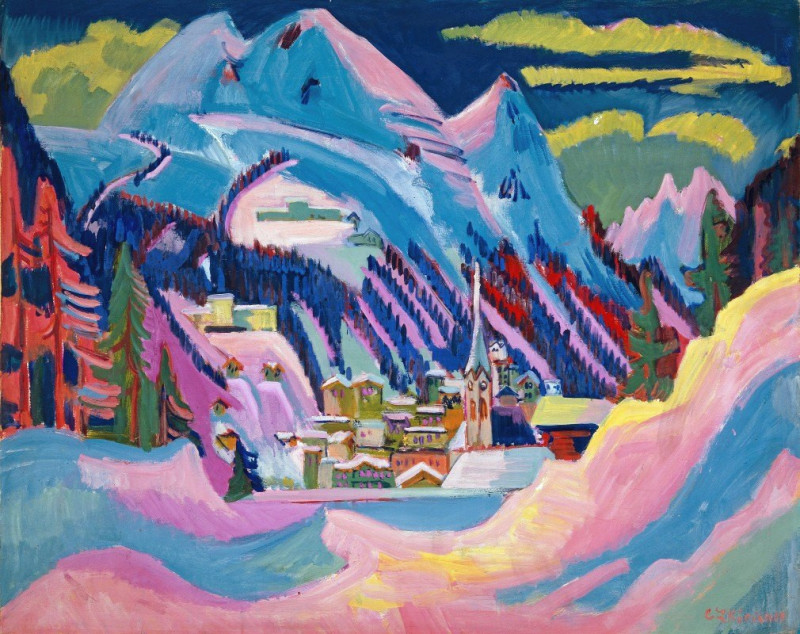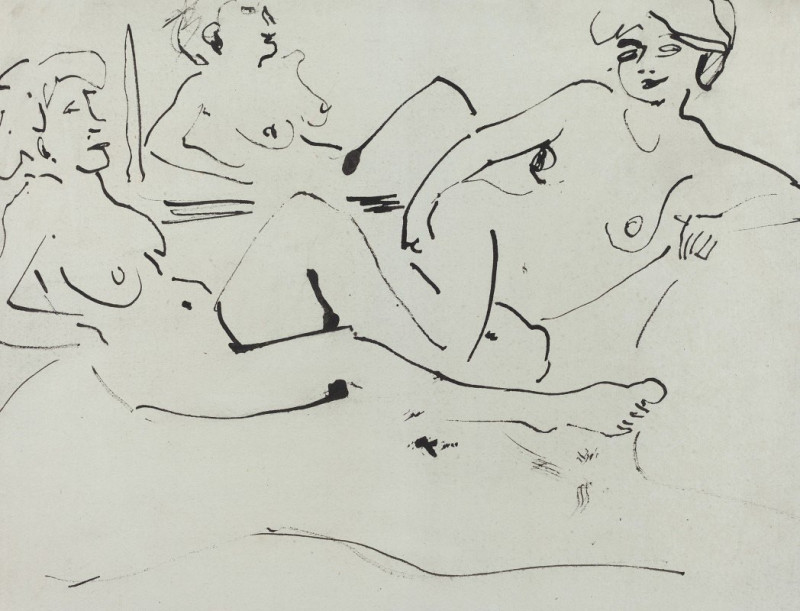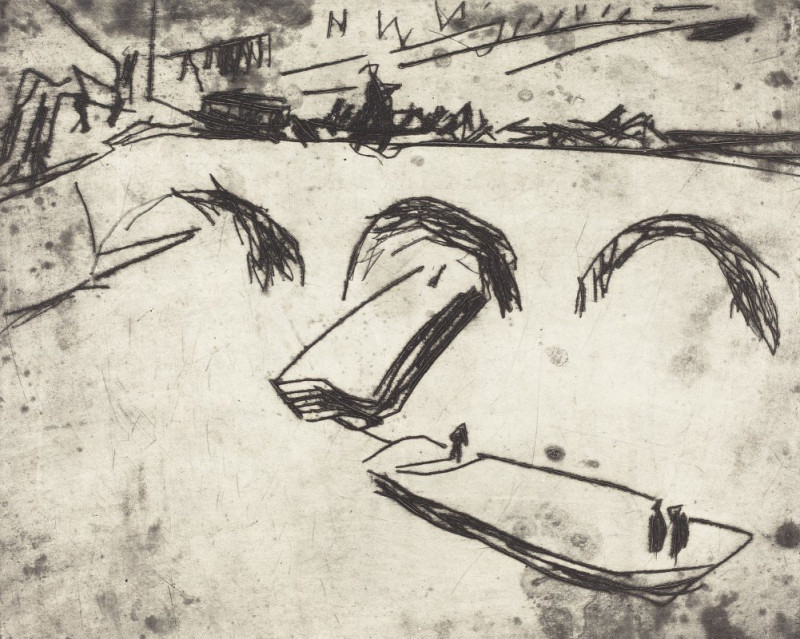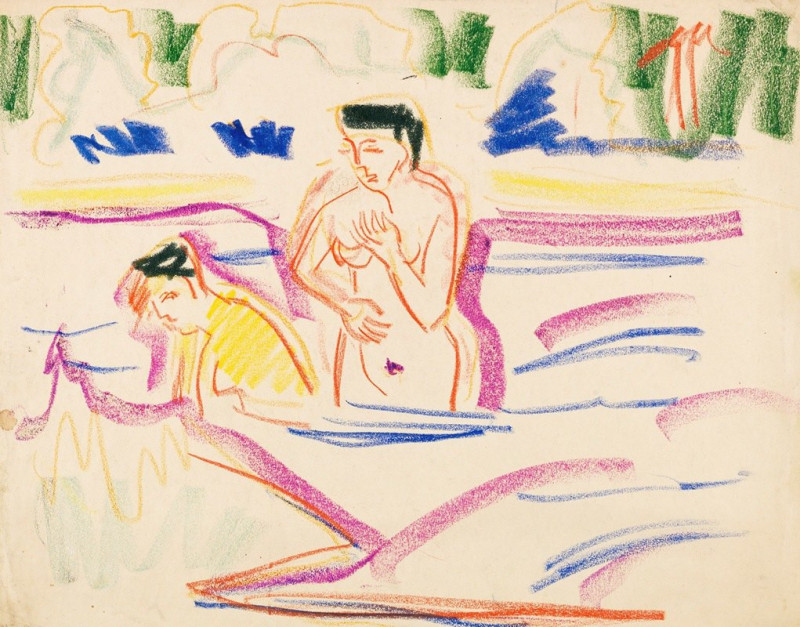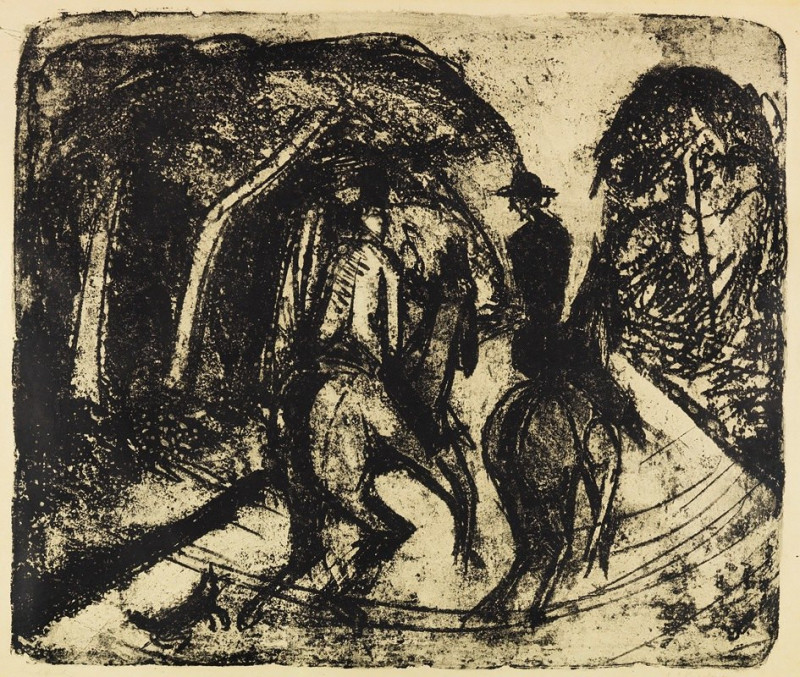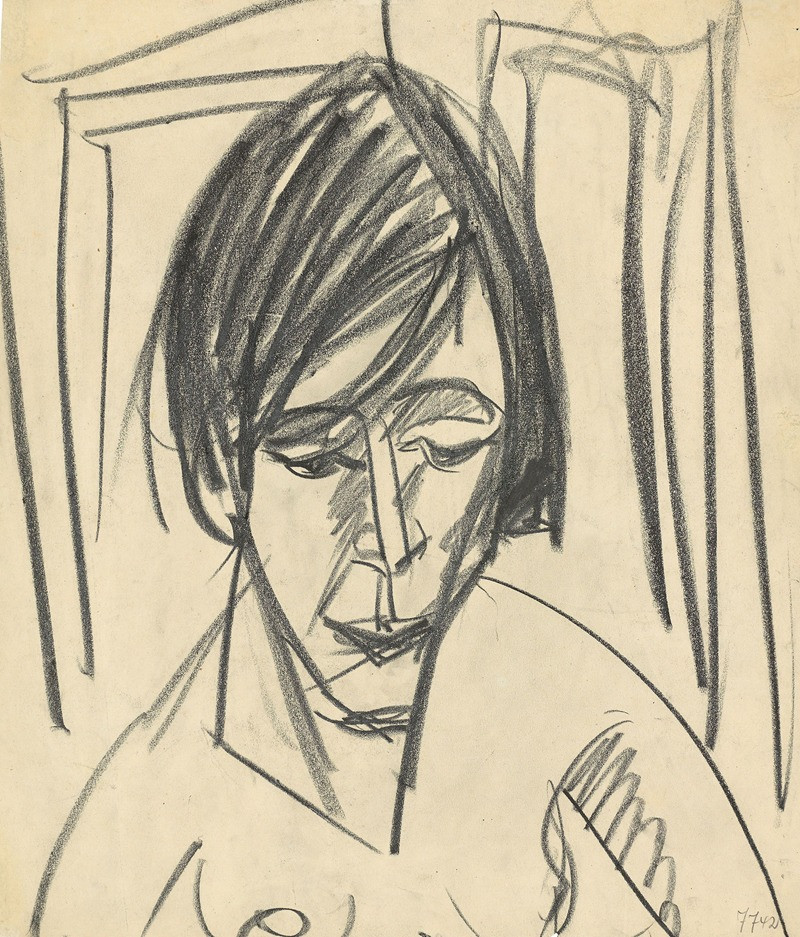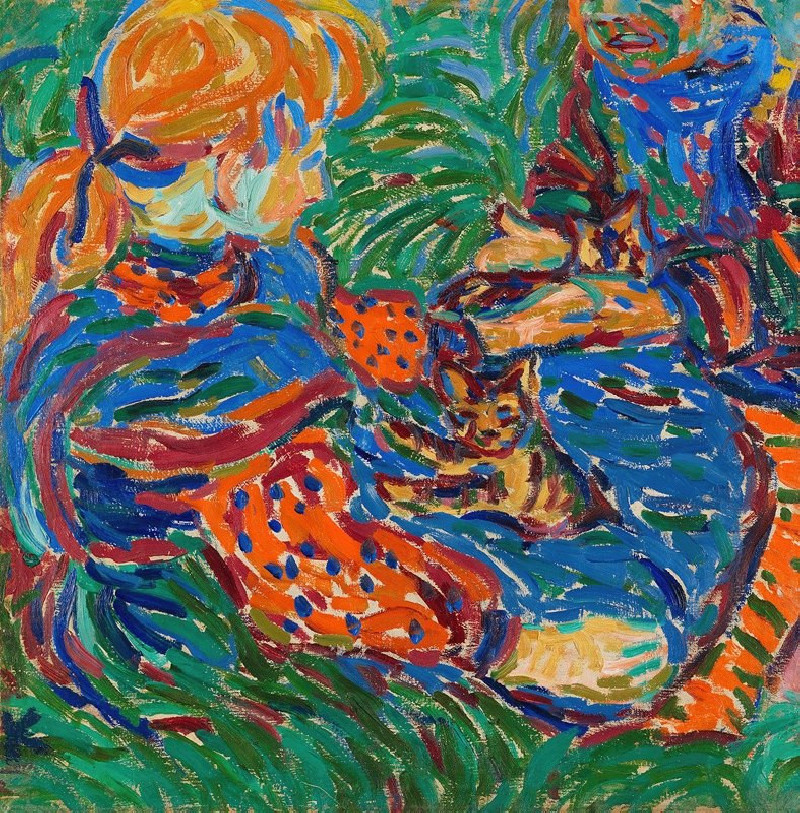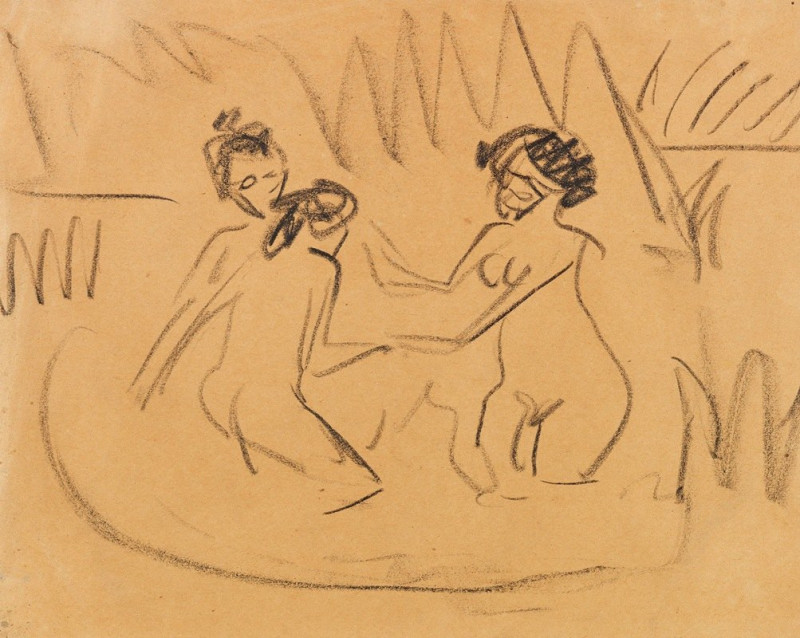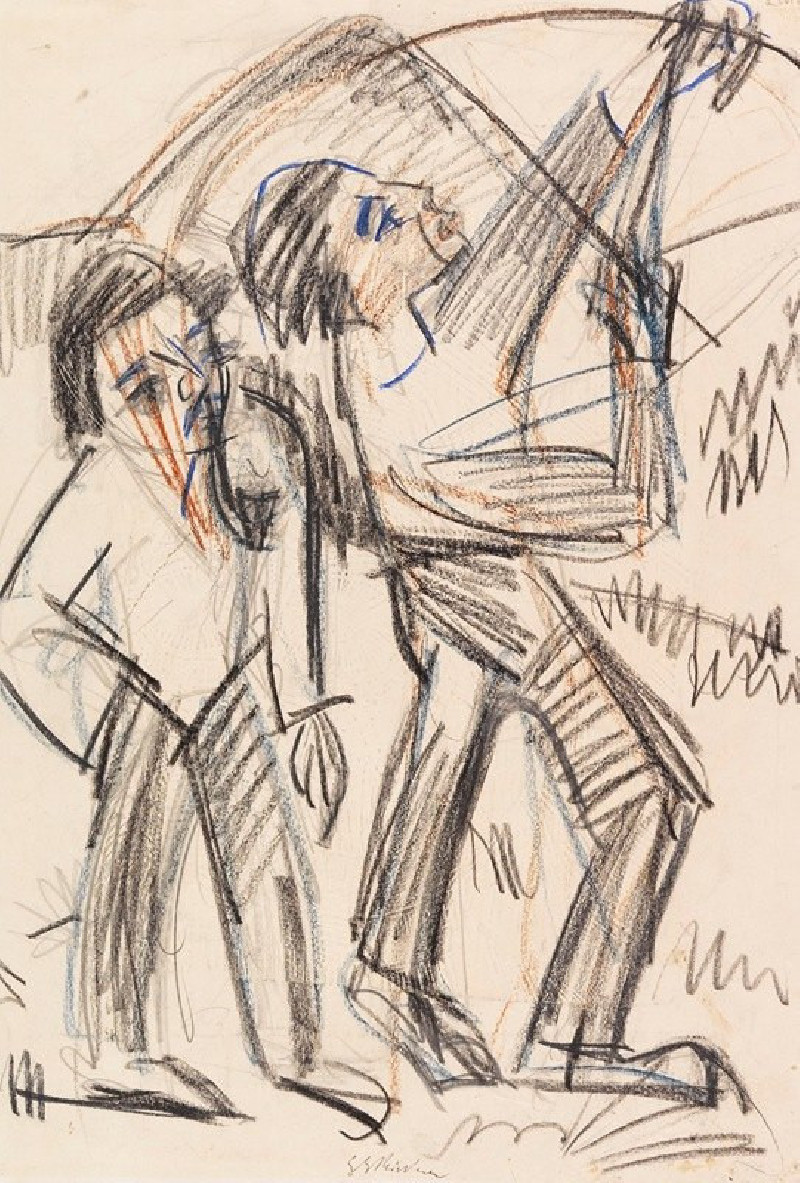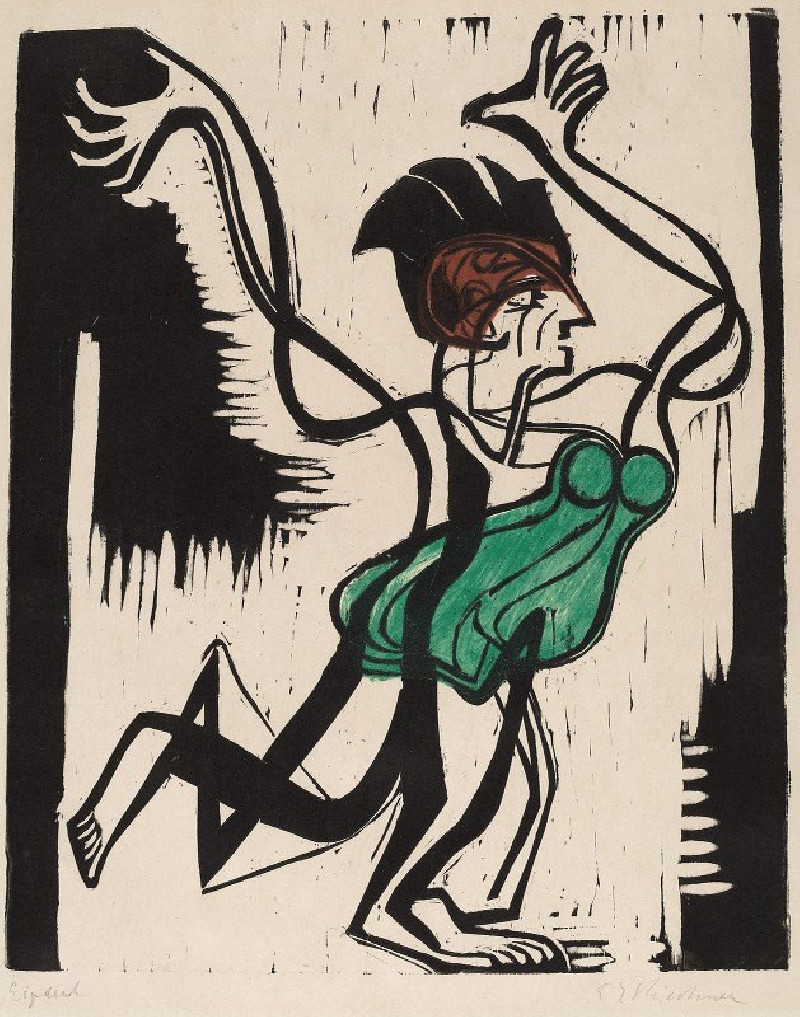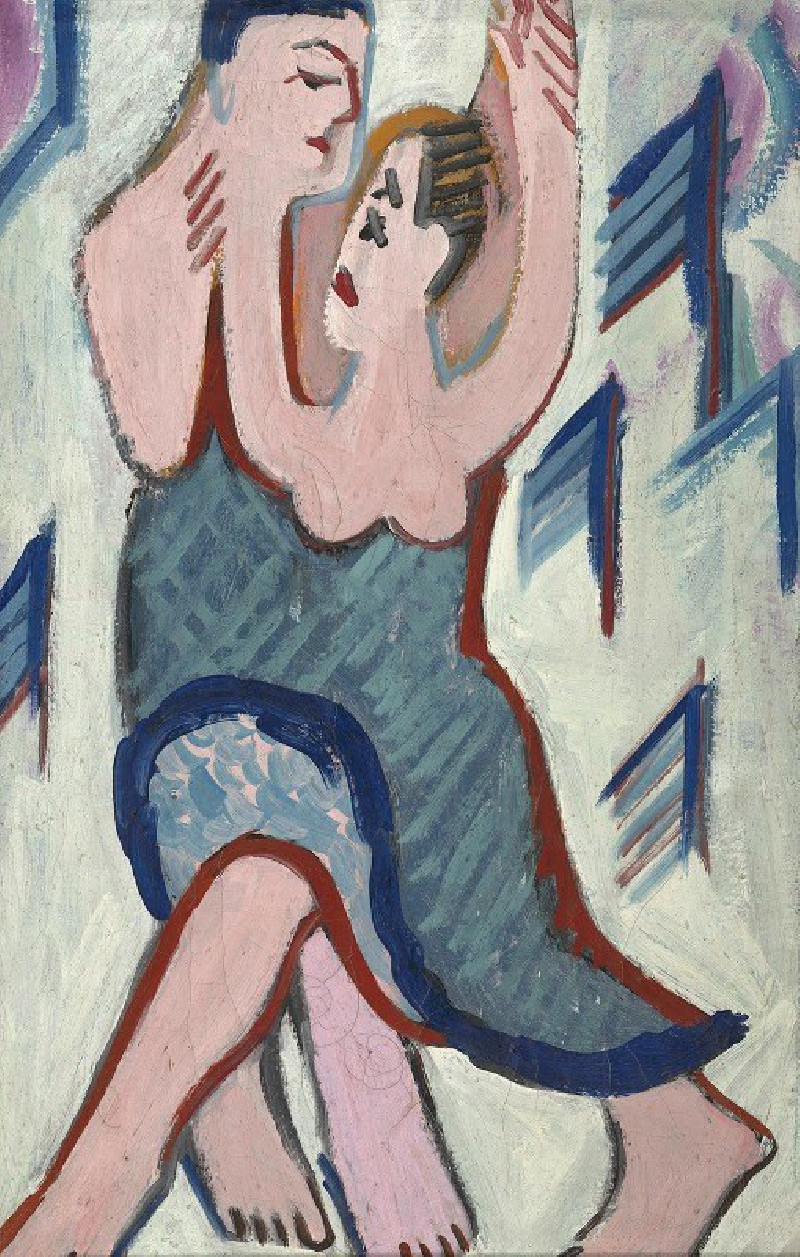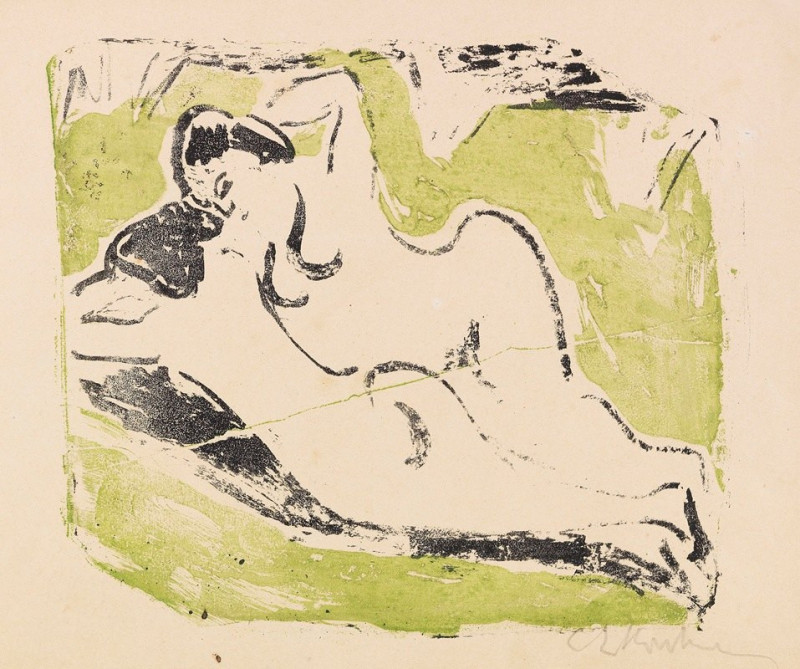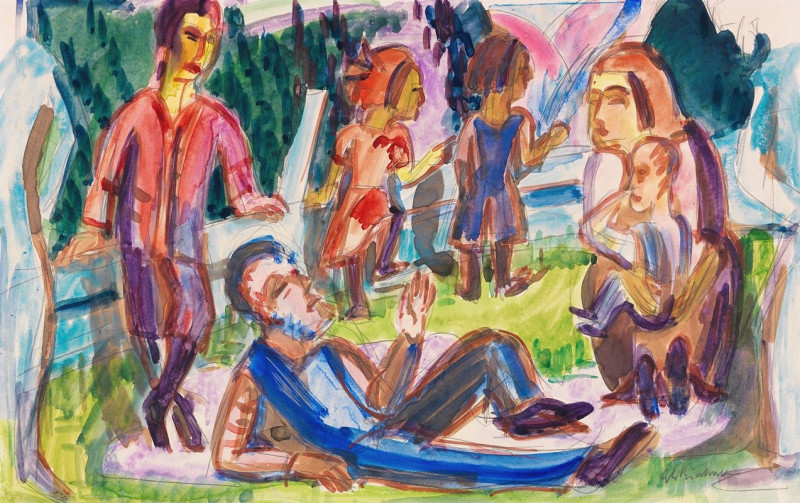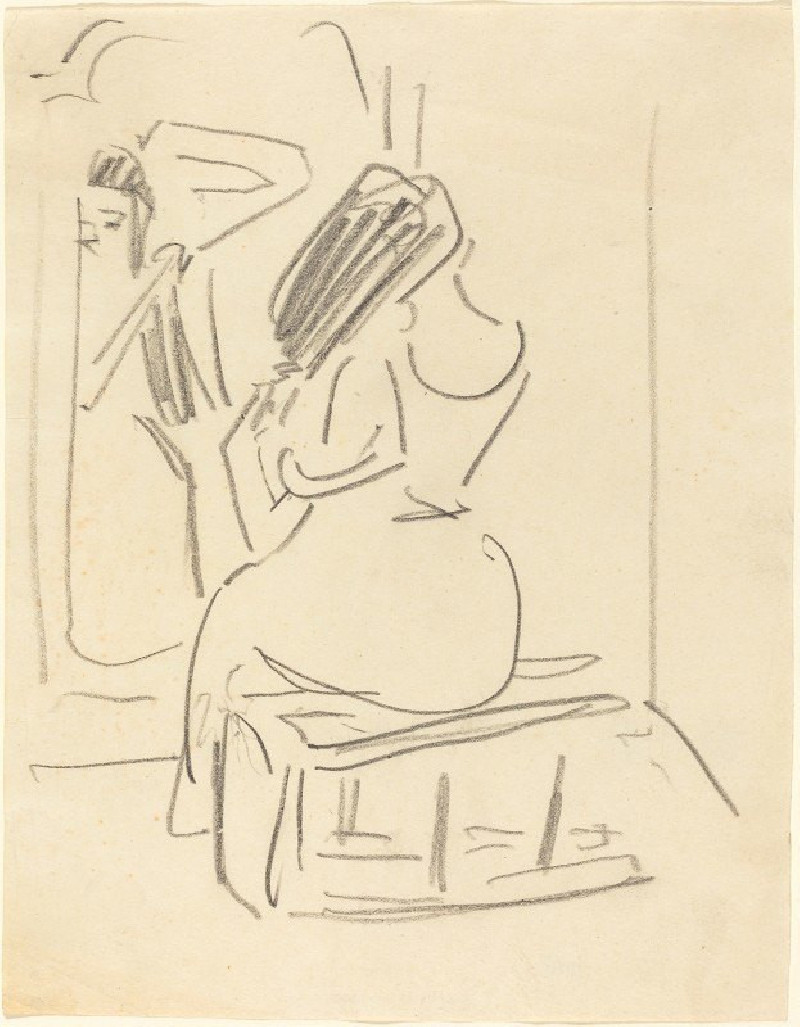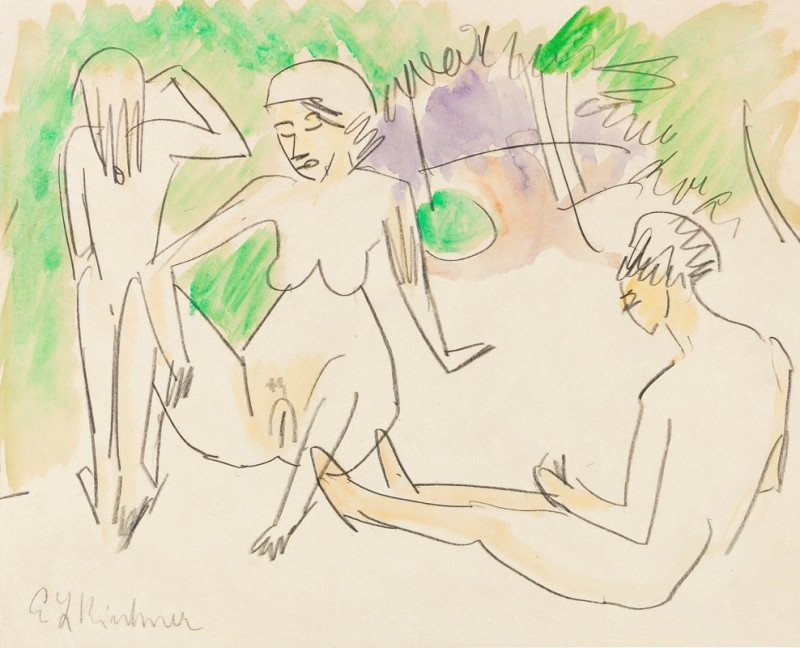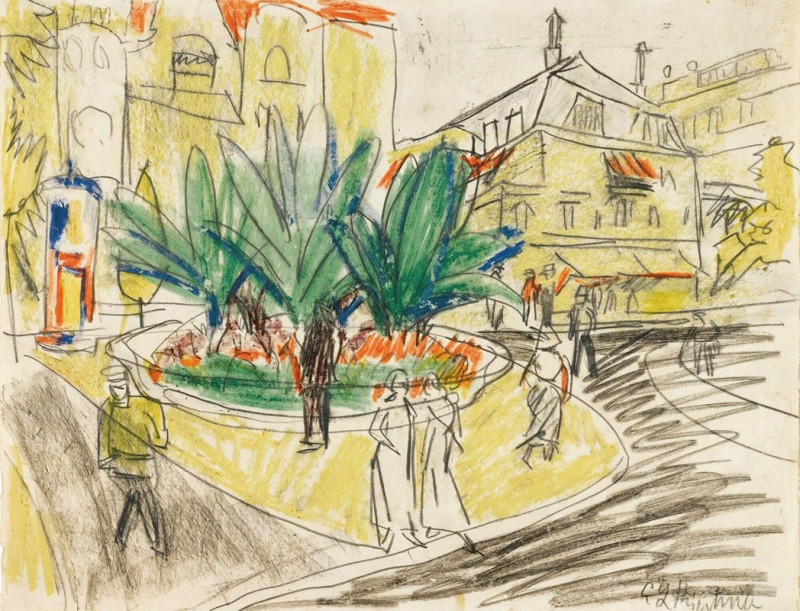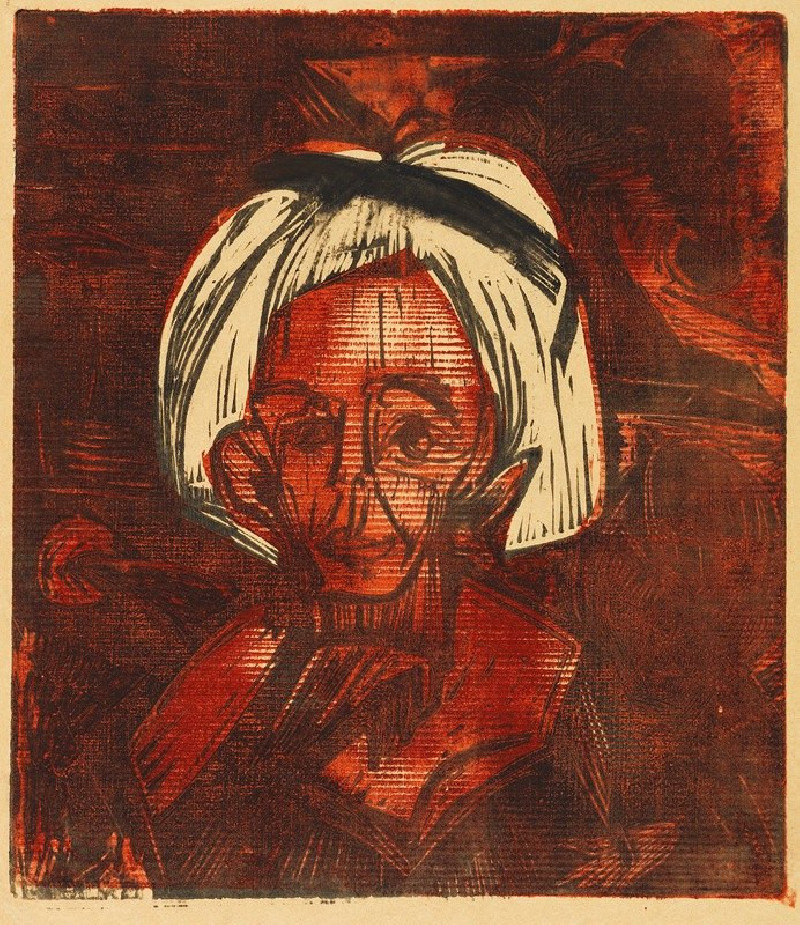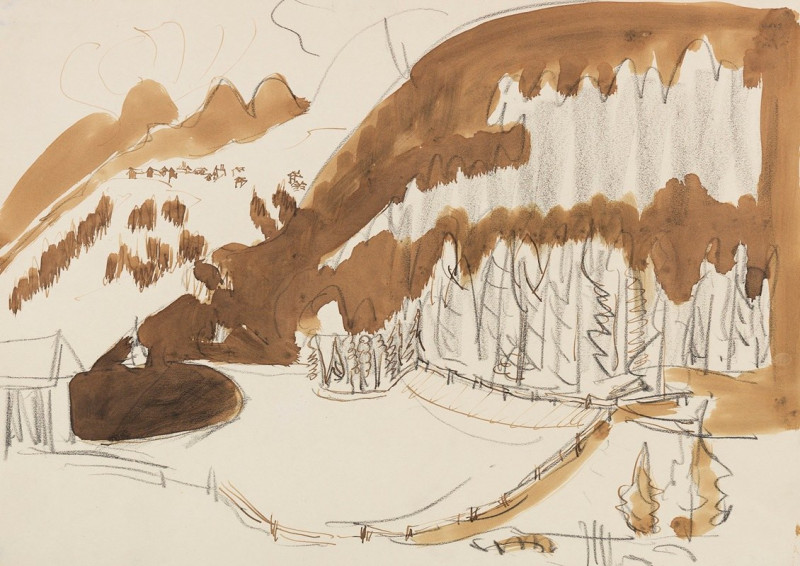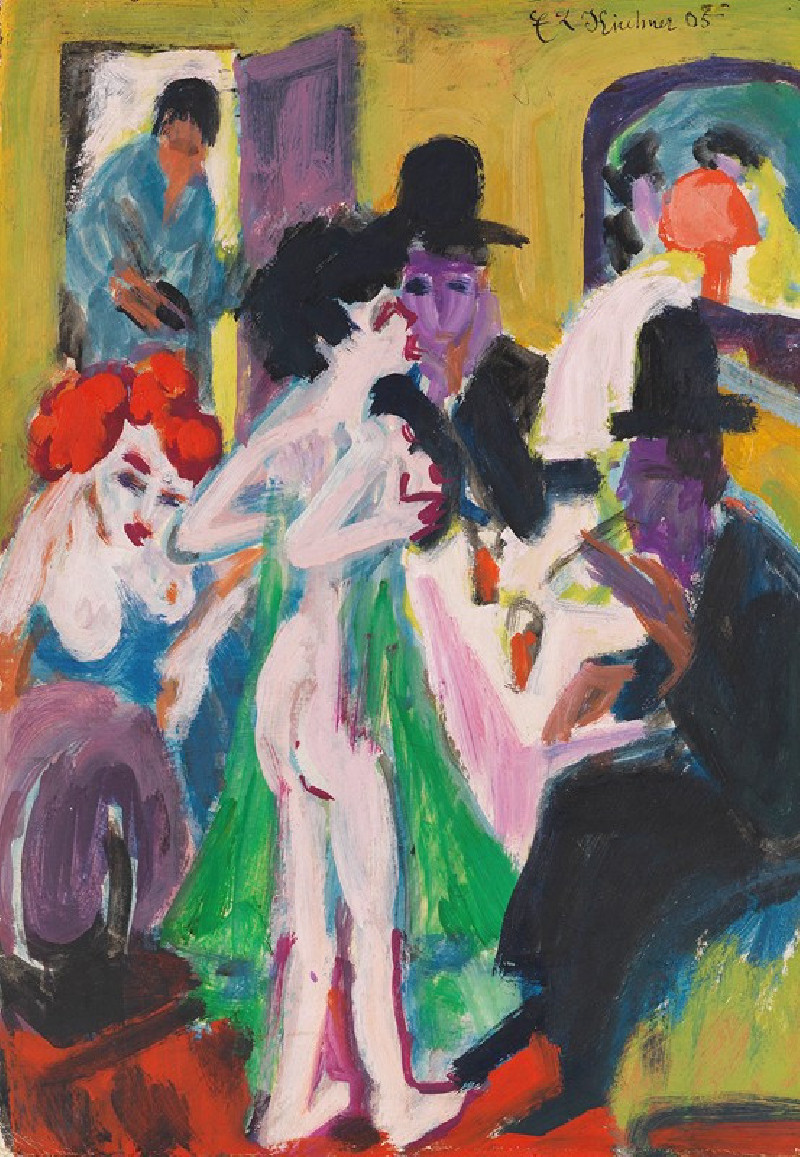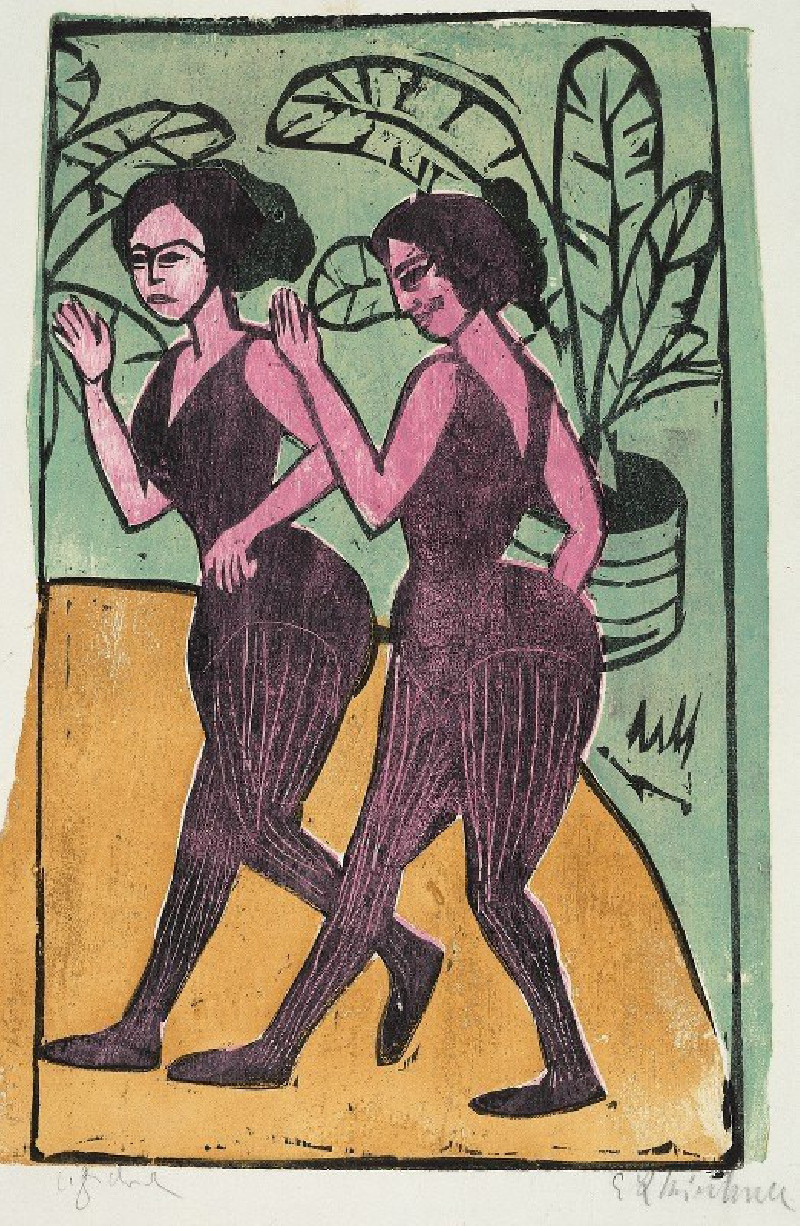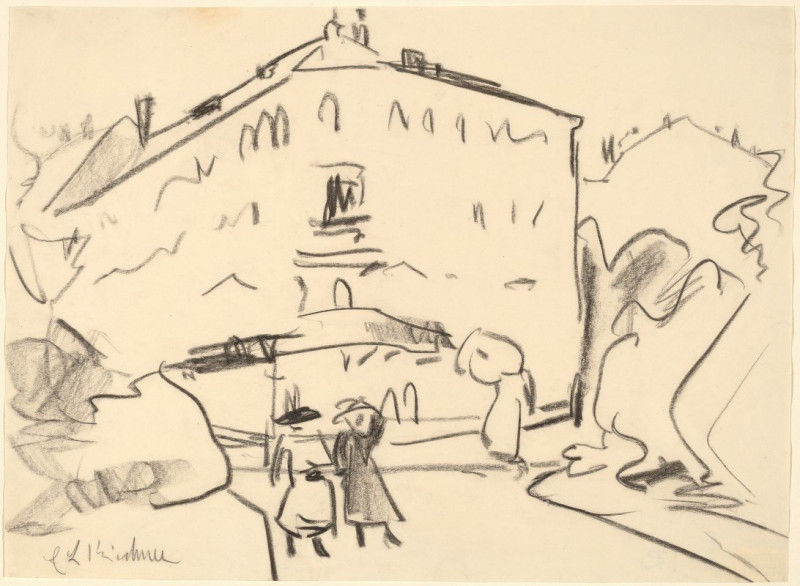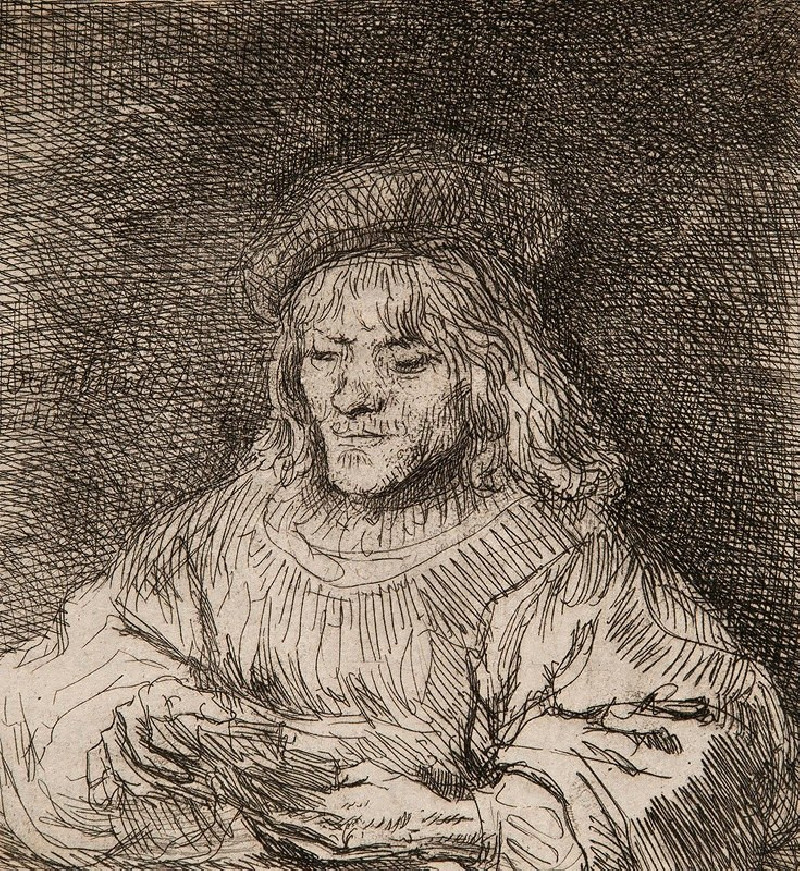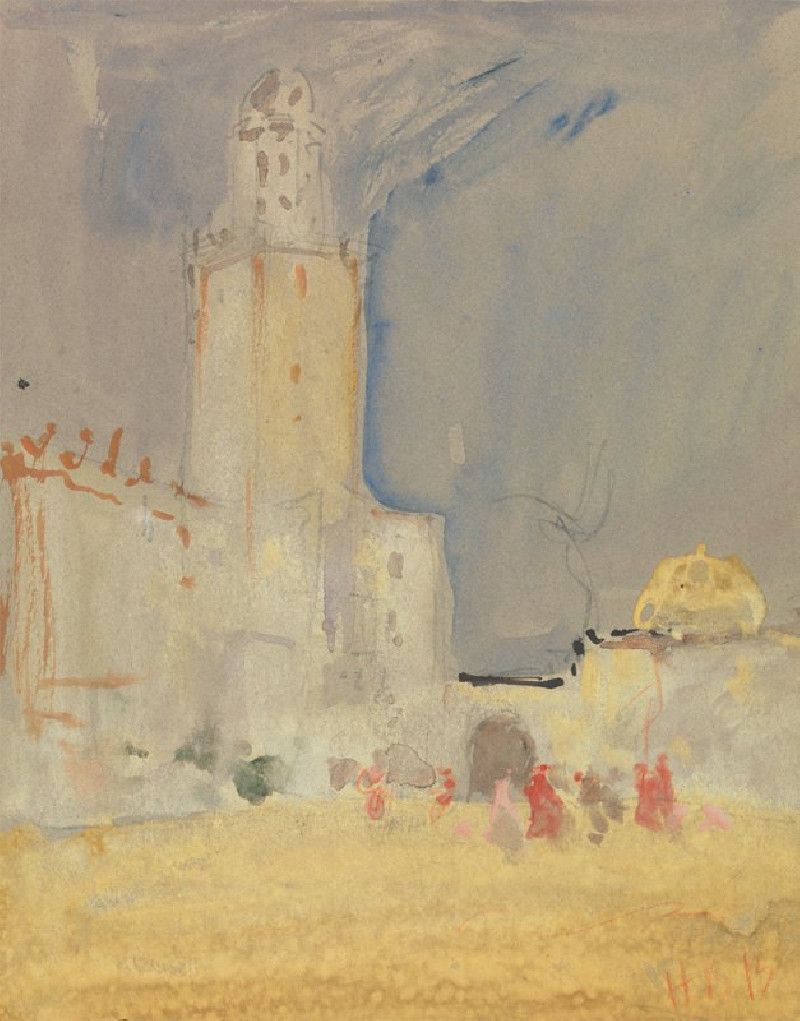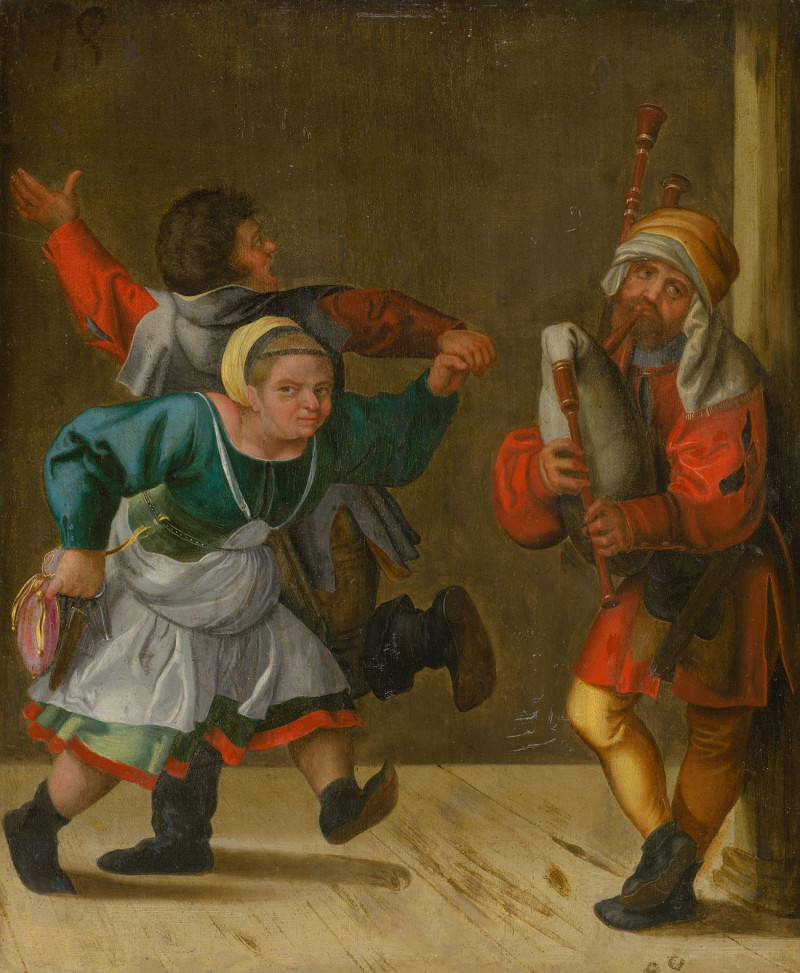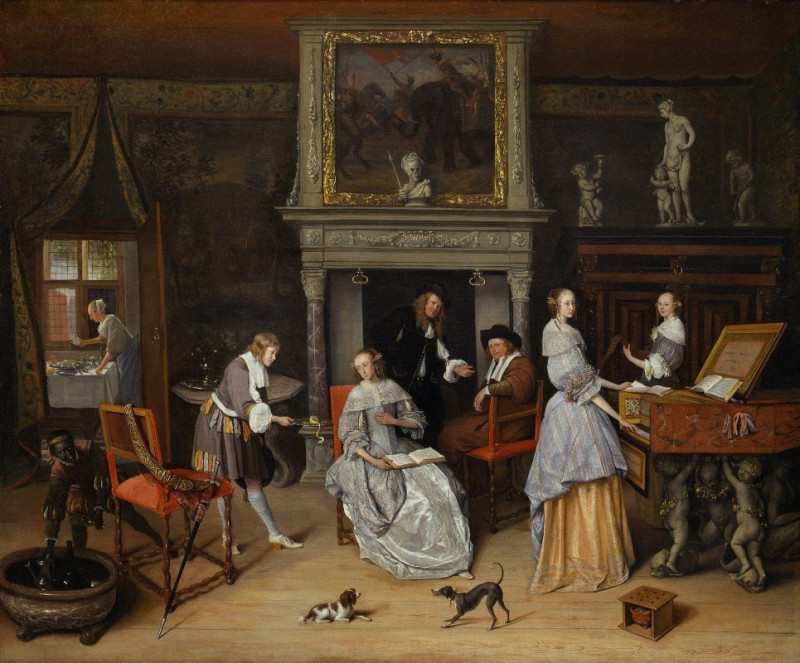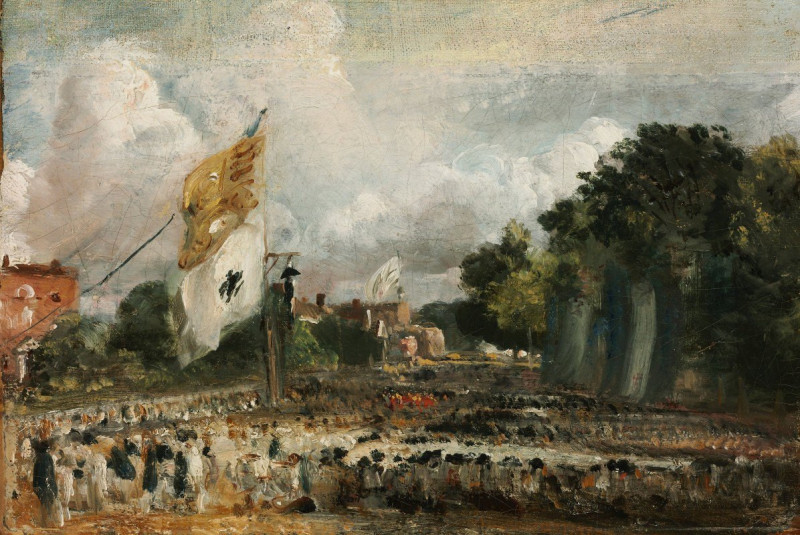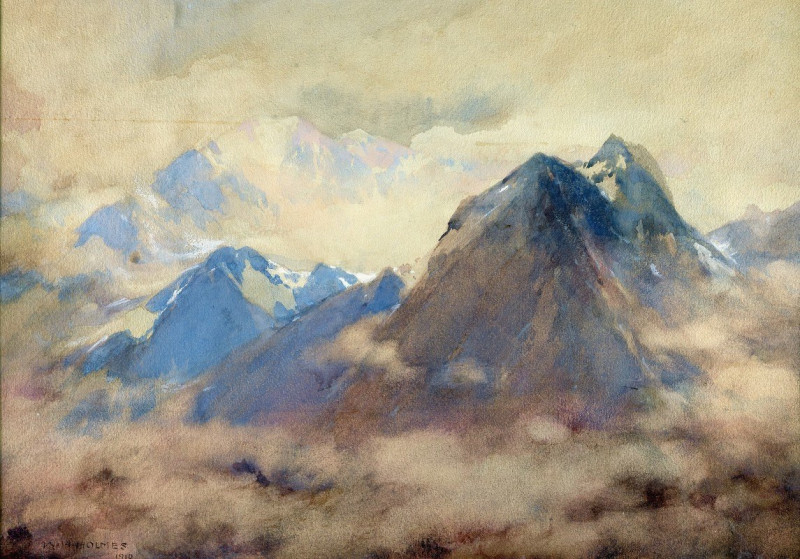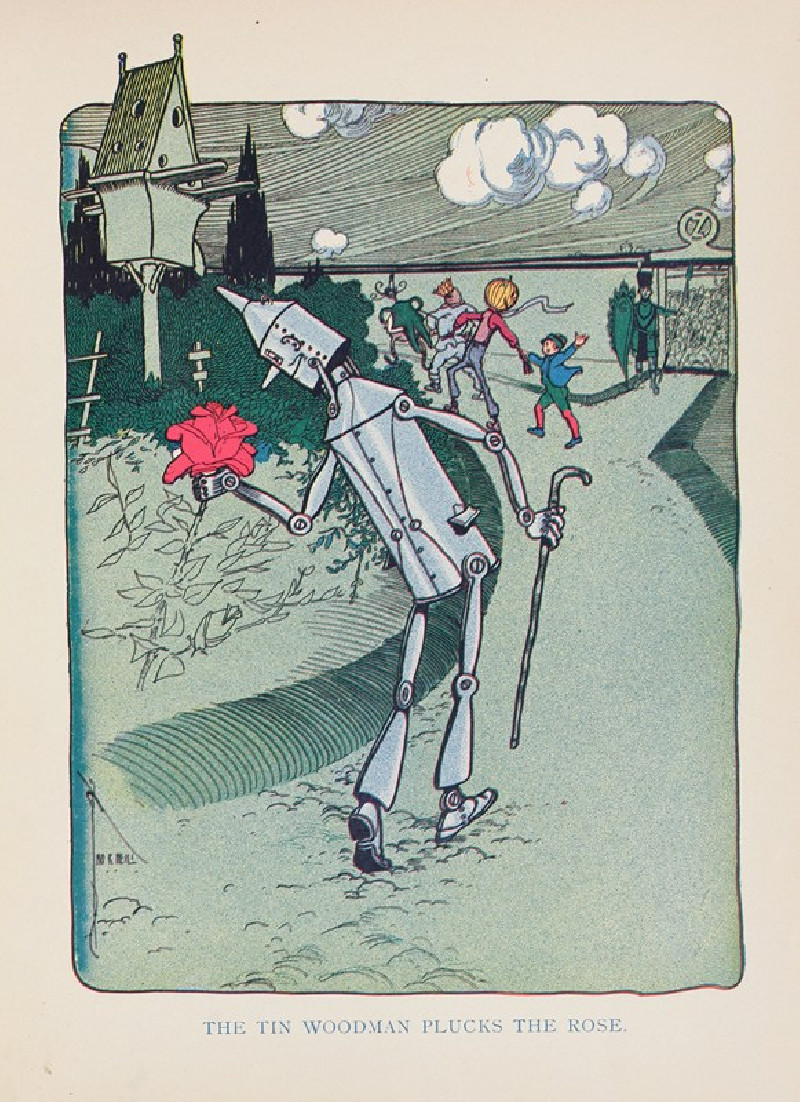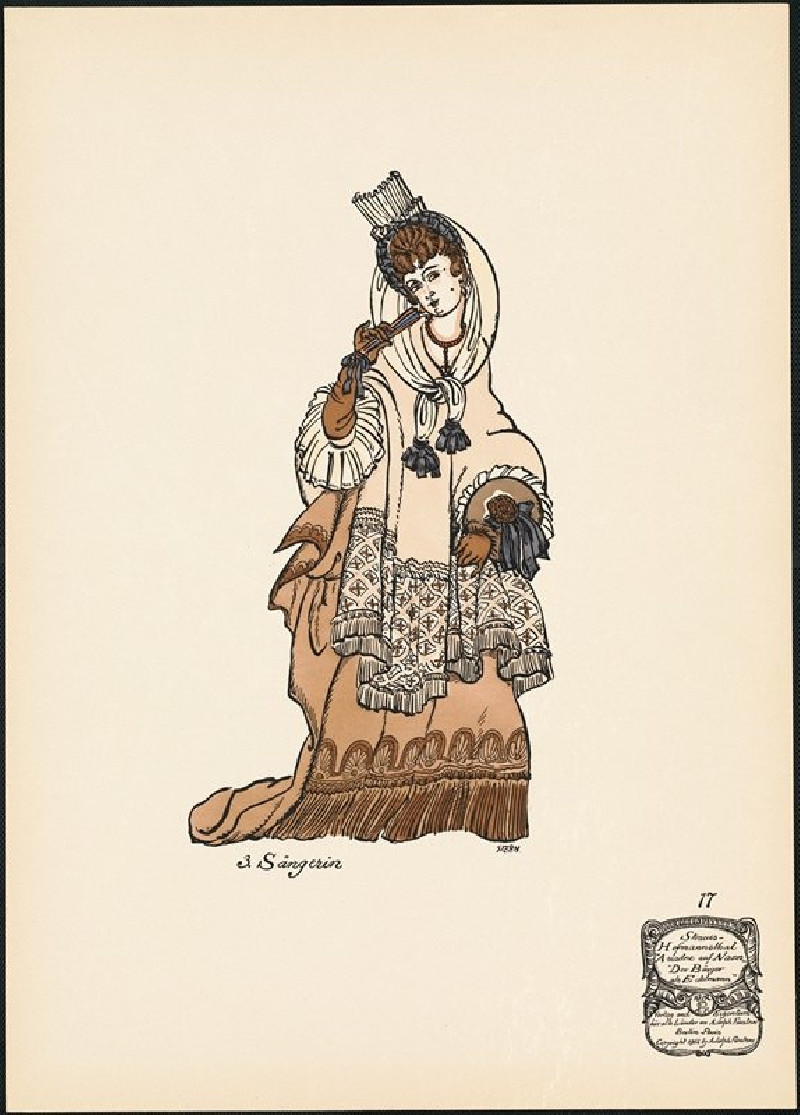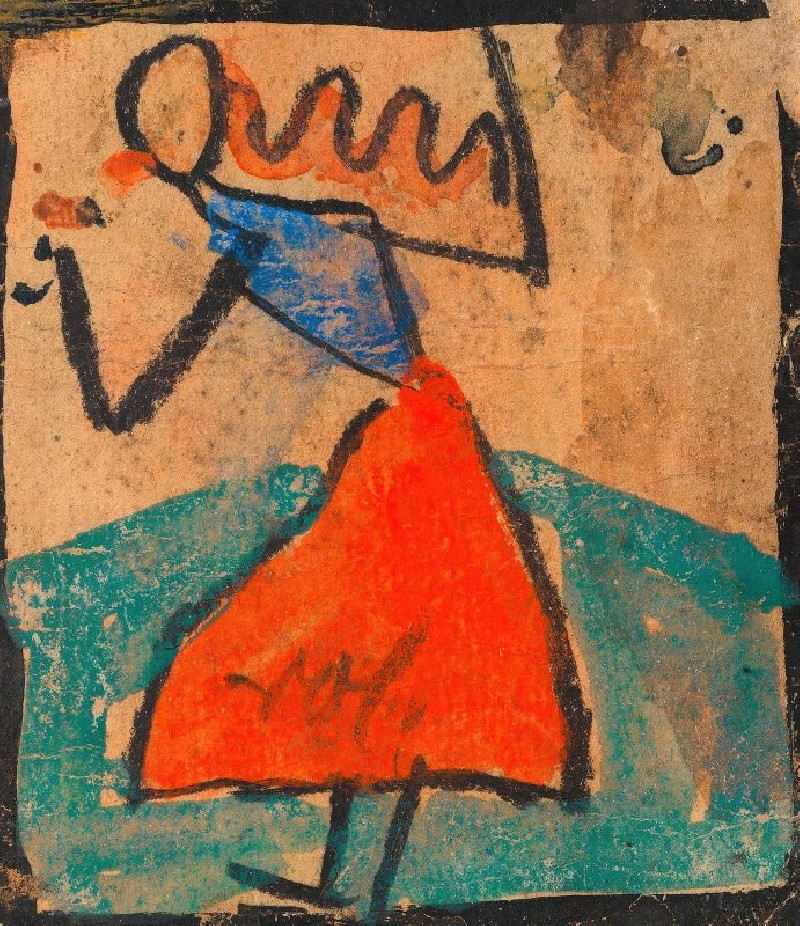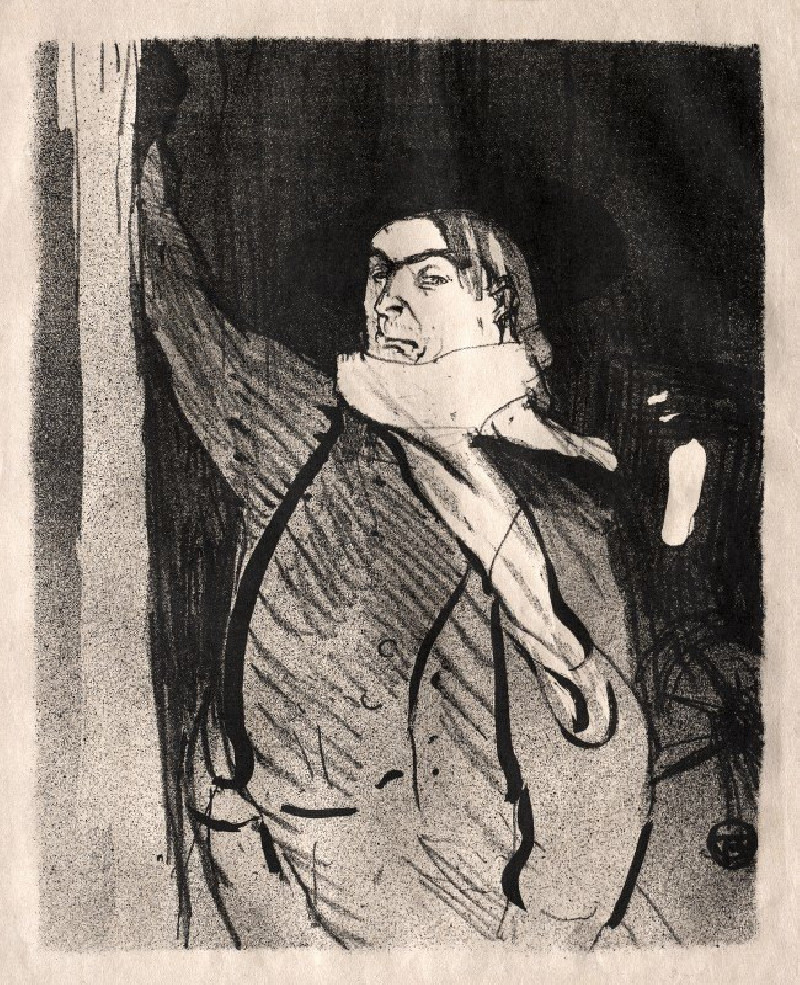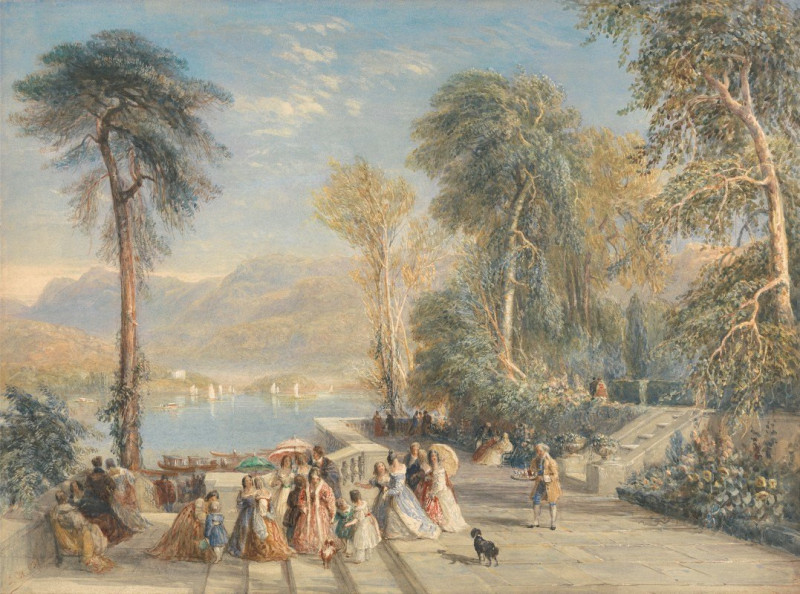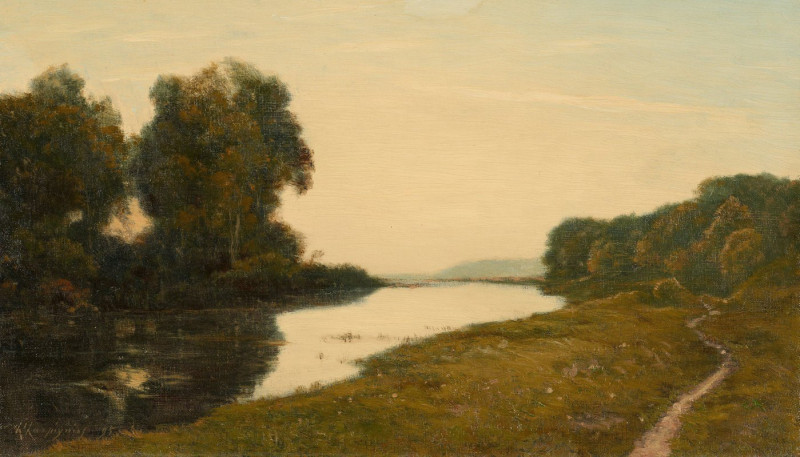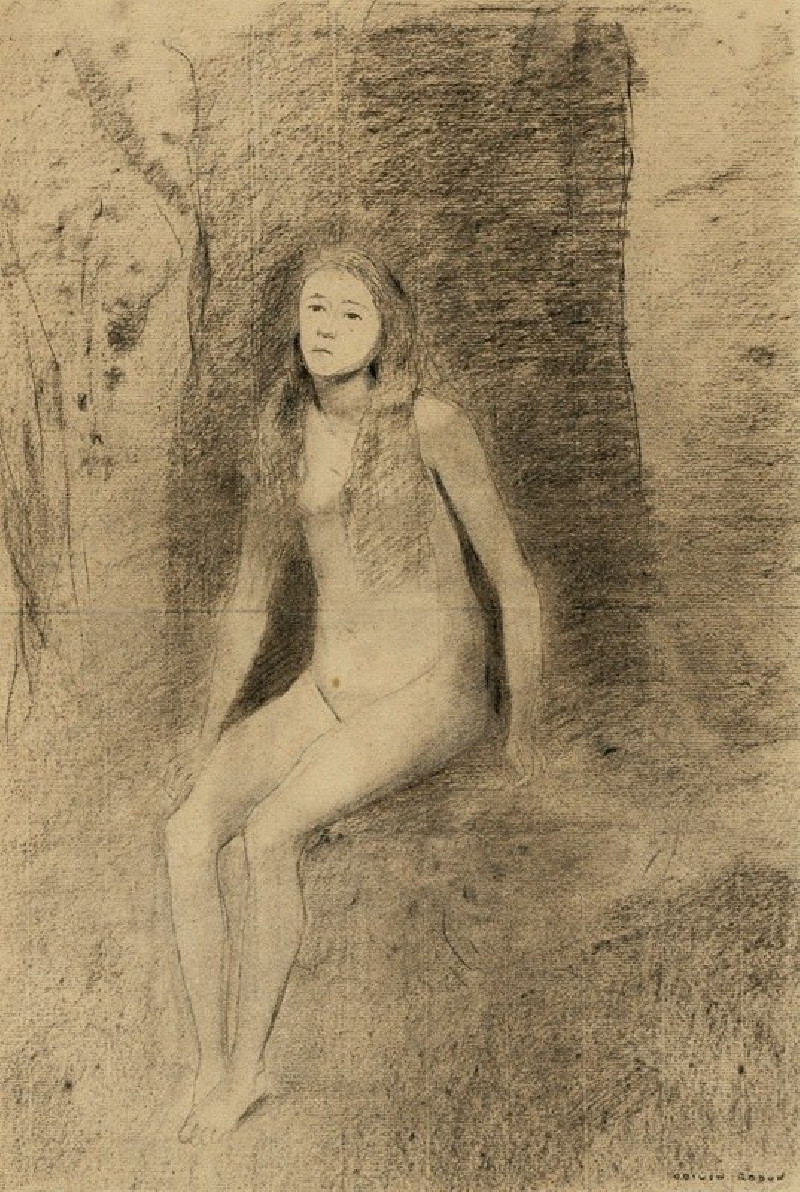Männerporträt (1910)
Technique: Giclée quality print
Recommended by our customers
More about this artwork
Ernst Ludwig Kirchner's "Männerporträt" from 1910 is a striking example of expressive abstraction, characteristic of the artist's bold and innovative approach to portraiture. This piece presents a male figure in a series of fluid, yet defined, black ink strokes on a paper background. Kirchner's mastery of line and form is evident as he portrays the subject with dynamic and angular features, creating both tension and movement within the composition.The portrait captures an intensity in the man's expression, with sharp, penetrating eyes and a pronounced structure of the face, including the nose and cheekbones. Each stroke is deliberate, contributing to a sense of immediacy and urgency. The economy of detail in this work, while leaving much to the imagination, also emphasizes the emotional and psychological depth of the subject.Kirchner, a key figure in the German Expressionist movement and a founding member of the group Die Brücke, often explored the human condition through scenes of urban life and portraits such as this. "Männerporträt" reflects Kirchner's interest in conveying subjective experiences and the inner turmoil of modern existence.
Delivery
Returns
Ernst Ludwig Kirchner (1880–1938) was one of the most important German Expressionist painters. He was a co-founder of Die Brücke, a group of German expressionist artists formed in Dresden in 1905. Die Brücke and Kirchner took inspiration from Vincent Van Gogh and Edvard Munch, as well as African and Oceanic art. They used woodblock printing as a medium to showcase their signature style: flat, unrealistic images with vivid colors. The recurring themes in Kirchner's artworks included exotic cultures, faraway landscapes, self-portraits, dancers and Berlin street life. His paintings and prints effectively portrayed non-European cultures despite the fact that he never traveled outside of Europe.

